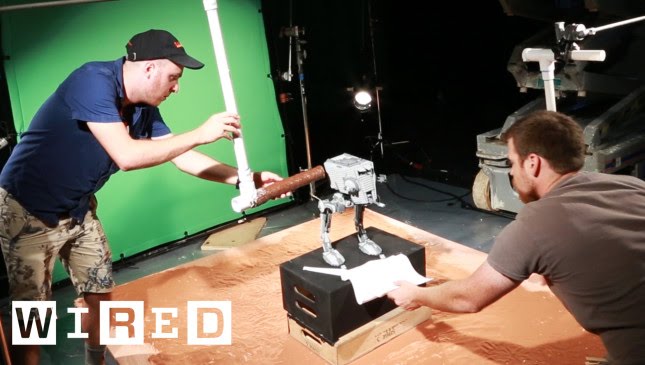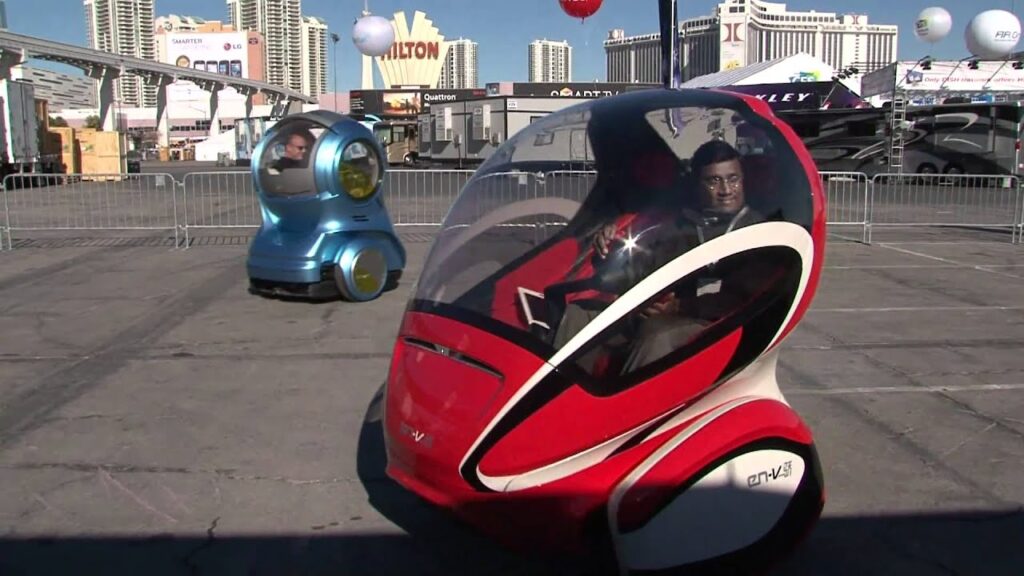Navigating the Spatiotemporal Aspects of Urban Life: Insights from a New York City Cab Driver
Summary
This Q&A article is based on a conversation with a New York City cab driver who provides insights into the spatiotemporal aspects of urban life. The cab driver talks about the recent radical changes in New York City streets, the challenges of navigating through the changing city and the need to have a spatial and temporal map. The discussion also covers the diversity of the city during different times of the day, the homogeneity of neighborhoods and the possible ways to plan for a city that is ready to be different at different times.
Table of Contents
- The recent changes in New York City streets
- The challenges of navigating through a changing city
- The need for a spatial and temporal map
- The diversity of the city during different times of the day
- Planning for a city that is ready to be different at different times
Introduction
The idea of time, space, and money guiding our movements through the world may seem obvious, but it takes on a whole new meaning in a city like New York. With its constant changes, navigating through the city’s spatiotemporal aspects can be quite a challenge. In this Q&A article, we delve into the insights of a New York City cab driver who shares his experiences and observations about the recent changes in the city streets and the challenges of navigating through a changing city.
Q&A
The recent changes in New York City streets
Q: Can you talk about the recent changes in New York City streets?
A: The recent changes in New York City streets are primarily due to the efforts of the transportation director, Jeanette Sadik-Khan. She has built some interesting bike paths along the curbs, and the parking is outboard of them on the street. Plants and painted lanes are in the streets to make sure people know where they’re supposed to park and ride bicycles. But the main change is about the left turns. It used to be two lanes that made a left turn, but now there’s only one lane, and there are traffic signals to guide when you can make that turn. That means all those other cars that were trying to turn, now have to wait for their turn, and all the cars behind them back up.
The challenges of navigating through a changing city
Q: What are the biggest challenges of navigating through the changing city?
A: The biggest challenge of navigating through the changing city is to have a spatial and temporal map. A driver has to not only have a spatial map in his or her head of the city, but also another dimension, a temporal map as well, because the city changes over time. At different times of the day, it’s a different city. The city planners tend to think of only the where and not the when.
The need for a spatial and temporal map
Q: Can you explain what you mean by the need for a spatial and temporal map?
A: The need for a spatial and temporal map is quite simple. As an example, downtown is very diverse during the day socioeconomically and racially because there are a lot of people there with different specialties from different places. But at the end of the day, over the evening, it’s really homogenous. This is true in residential neighborhoods as well. Neighborhoods tend to be pretty homogeneous socioeconomically and ethnically. So, how do you plan for that kind of stuff? There is a need for a map that takes into account the changes in the city over time.
The diversity of the city during different times of the day
Q: Can you talk about the diversity of the city during different times of the day?
A: The diversity of the city during different times of the day is quite interesting. For example, a downtown area where a lot of people come to work is incredibly diverse during the day socioeconomically and racially because there are a lot of people there with different specialties from different places. But at the end of the day, over the evening, it’s really homogenous. The city planners need to consider these changes in diversity when planning for the city.
Planning for a city that is ready to be different at different times
Q: How can a city plan for being different at different times?
A: The city planners need to think about how to plan for a city that is ready to be different at different times. One possible solution is to use lighting, or other ways to signal that the city is changing. Another solution is to use technology to make changes to the city. For example, the cab driver mentioned that his dashboard has a computer that allows him to change how much a fee is to do congestion pricing. Another possibility is to add a multiplier to account for the gas price for shorter trips. These changes can help to prepare the city for being different at different times.
Conclusion
Navigating through the spatiotemporal aspects of urban life can be quite challenging, especially in a city like New York. The conversation with the New York City cab driver provides insights into the recent changes in the city streets and the challenges of navigating through a changing city. The discussion also highlights the need for a spatial and temporal map and the possible ways to plan for a city that is ready to be different at different times. As the city continues to evolve, these lessons can help to inform the city planners and make the city more livable for its residents.







